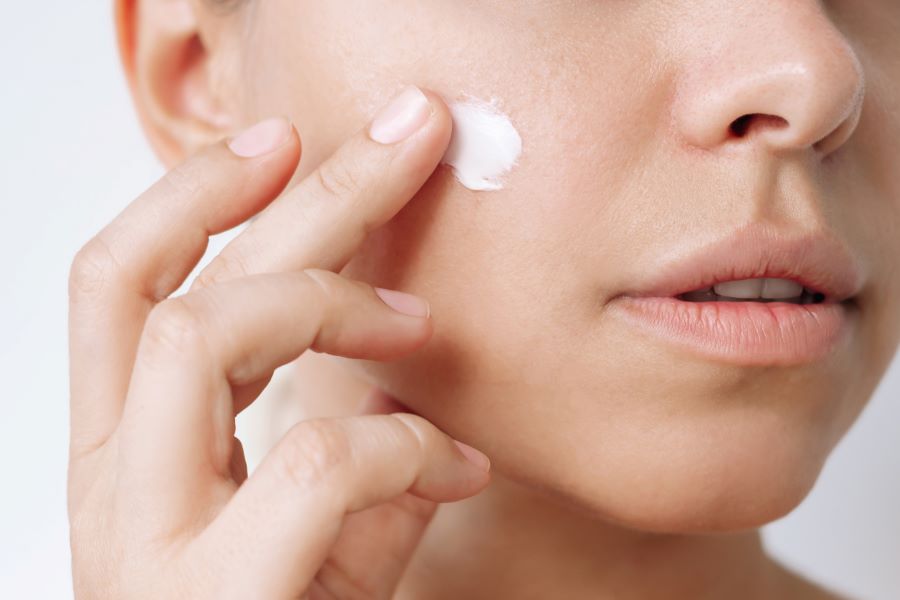Everything You Need to Know About Acne Treatments With Benzoyl Peroxide
Benzoyl peroxide remains one of the most widely used and effective ingredients for treating acne. This powerful antibacterial compound works by killing acne-causing bacteria and helping to remove excess oil and dead skin cells that can clog pores. For those struggling with persistent breakouts, understanding how benzoyl peroxide works, its various formulations, and proper application techniques can significantly improve treatment outcomes. This comprehensive guide explores everything from the science behind benzoyl peroxide to practical tips for incorporating it into your skincare routine.

Discover What You Need to Know About Benzoyl Peroxide
Benzoyl peroxide is an organic compound that functions as a powerful oxidizing agent in acne treatments. When applied to the skin, it releases oxygen that kills Propionibacterium acnes (P. acnes), the bacteria primarily responsible for inflammatory acne. Unlike antibiotics, benzoyl peroxide doesn’t contribute to bacterial resistance, making it a sustainable long-term treatment option. It’s available in various concentrations, typically ranging from 2.5% to 10%, with higher concentrations not necessarily providing better results but potentially causing more irritation.
The ingredient works through several mechanisms simultaneously: it kills acne-causing bacteria, helps remove excess sebum (oil), and promotes skin cell turnover to prevent clogged pores. Most people begin seeing improvements within 2-3 weeks of consistent use, though complete results may take 8-12 weeks. This timeline is important to remember, as many users abandon treatment prematurely when not seeing immediate results.
Explore How Benzoyl Peroxide Supports Acne Care
Benzoyl peroxide serves different roles in comprehensive acne management. For mild to moderate acne, it often works effectively as a standalone treatment. For more severe or stubborn cases, dermatologists frequently recommend combining it with other acne-fighting ingredients like salicylic acid or retinoids for enhanced effectiveness. This combination approach targets different aspects of acne formation simultaneously.
The versatility of benzoyl peroxide extends to its formulations. Cleansers containing the ingredient help reduce bacteria across the entire treatment area and are less likely to cause irritation since they’re rinsed off. Spot treatments deliver higher concentrations directly to individual blemishes for targeted action. Leave-on creams and lotions provide continuous treatment and are particularly effective for preventing new breakouts rather than just treating existing ones.
Prescription-strength benzoyl peroxide treatments often combine the ingredient with antibiotics like clindamycin or erythromycin. These combinations prevent bacterial resistance to the antibiotics while providing enhanced antimicrobial effects. For cystic or nodular acne, these prescription formulations may provide more comprehensive relief than over-the-counter options alone.
A Guide to Benzoyl Peroxide Applications in Skincare
Proper application of benzoyl peroxide maximizes effectiveness while minimizing potential side effects. Begin with a lower concentration (2.5%) to allow your skin to adjust. Apply to clean, dry skin, using a thin layer over the entire affected area rather than just spot-treating visible blemishes. This preventative approach helps address developing acne before it becomes visible.
Start with application every other day, gradually increasing to once or twice daily as tolerated. Always follow with a non-comedogenic moisturizer, as benzoyl peroxide can be drying. Importantly, the ingredient can bleach fabrics, so use white towels and pillowcases while undergoing treatment. During daytime use, follow with sunscreen as benzoyl peroxide can increase skin sensitivity to UV radiation.
Common side effects include dryness, redness, peeling, and temporary worsening of acne (known as purging) during the first few weeks of treatment. Most of these effects diminish as your skin adjusts. Those with sensitive skin might benefit from short-contact therapy—applying the product for a brief period (5-15 minutes) before washing it off—which can reduce irritation while maintaining efficacy.
Understanding Benzoyl Peroxide Product Options and Costs
The marketplace offers numerous benzoyl peroxide formulations across various price points, allowing consumers to find options that match both their skincare needs and budget. Understanding the cost landscape can help make informed decisions about which products might provide the best value.
| Product Type | Average Cost Range | Concentration Range | Typical Container Size |
|---|---|---|---|
| Cleansers | $5-20 | 4-10% | 4-8 oz |
| Spot Treatments | $4-25 | 2.5-10% | 0.5-2 oz |
| Leave-on Creams/Gels | $6-35 | 2.5-10% | 1-2.5 oz |
| Prescription Combinations | $30-120* | 2.5-5% with antibiotics | 1-1.5 oz |
Prices, rates, or cost estimates mentioned in this article are based on the latest available information but may change over time. Independent research is advised before making financial decisions.
Generic and store-brand options typically fall at the lower end of the price spectrum while offering similar active ingredients to name brands. Higher-priced products often include additional beneficial ingredients like aloe vera, ceramides, or hyaluronic acid to help counteract potential dryness and irritation. For most users, a 2.5% concentration provides the optimal balance of efficacy and minimal side effects, making higher-concentration products unnecessary for many acne sufferers.
Who Should Avoid Benzoyl Peroxide Treatments
Despite its effectiveness, benzoyl peroxide isn’t suitable for everyone. People with hypersensitive skin or conditions like eczema or rosacea may experience excessive irritation. Those with darker skin tones should exercise caution, as the ingredient can occasionally cause post-inflammatory hyperpigmentation. Pregnant women should consult healthcare providers before using benzoyl peroxide treatments, though topical applications are generally considered low-risk.
Some medications and skincare ingredients can interact negatively with benzoyl peroxide. Using it alongside vitamin C serums, certain retinoids, or hydroquinone can potentially reduce the effectiveness of both products or increase irritation. Always maintain at least a 30-minute interval between applying potentially incompatible products, and consult a dermatologist about optimal product combinations for your specific skin concerns.
When benzoyl peroxide causes significant irritation or fails to improve acne after 12 weeks of consistent use, it’s time to consult a dermatologist. Alternative treatments, including prescription options like oral antibiotics, hormonal therapies, or isotretinoin, might be more appropriate for your specific acne type and severity.
This article is for informational purposes only and should not be considered medical advice. Please consult a qualified healthcare professional for personalized guidance and treatment.




